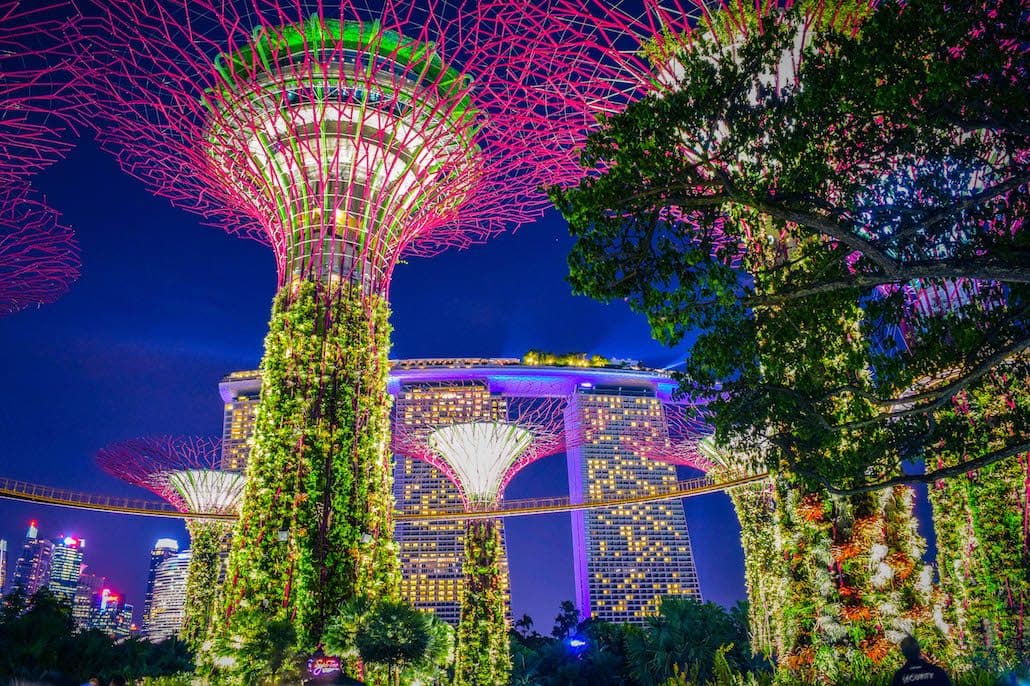Modern tourism has long stopped being limited to beach holidays and historical site tours. More and more travelers are choosing destinations linked to art, and major art events—biennials, festivals, and exhibitions—are becoming powerful magnets for tourists. They not only attract culture lovers but also change the face of cities, create new tourism trends, and even influence the economies of entire regions.
Biennials and Festivals as New Attractions
One of the most famous art events in the world remains the Venice Biennale, which since 1895 has brought together artists, curators, and visitors from around the globe. Every two years, the city on the water transforms into a global art capital, with pavilions from different countries showcasing contemporary works. For many tourists, visiting the biennale is not just a cultural experience but an opportunity to see Venice in a new light, through the lens of contemporary art.
Another significant event is Documenta in Kassel (Germany), which takes place every five years and radically transforms this small city. The exhibition occupies not only museums but also parks, building facades, and industrial spaces, attracting hundreds of thousands of visitors. After each Documenta, Kassel remains on the must-visit list for art tourists for a long time.
Hungary also hosts significant art events, such as the Budapest Biennale of Photography or the Sziget Festival, where music blends with large-scale installations and performances. These festivals not only entertain but also help shape the city’s image as a center of contemporary culture.
How Art Tourism Affects Cities and Regions
When a major art event takes place in a city, it brings about a range of changes. First, there is an increase in the number of tourists, which positively impacts hotels, restaurants, and transportation. For example, during the Venice Biennale, accommodation prices skyrocket, but people are still willing to pay for the opportunity to be at the cultural epicenter.
Second, cities begin to invest in infrastructure. Kassel, which was little known outside of Germany before Documenta, now boasts a developed network of art spaces and convenient transportation for tourists. The same happens in small cities hosting local festivals—they get a new boost for development.
Third, art changes the urban environment. Street installations, light shows, and public art projects remain even after the festivals end, making the cities more attractive to both residents and visitors. For example, after the Luminato Festival in Toronto, many art pieces become part of the city landscape.
Why Art Travel Is a New Trend
Modern travelers are seeking unique experiences, and art festivals perfectly meet this demand. Unlike traditional museums, where art is static, biennials and festivals offer an immersive experience—performances, interactive installations, meetings with artists.
Moreover, such events often go beyond pure aesthetic enjoyment. For instance, the Berlin Biennale often raises sharp social and political issues, while the Sharjah Biennale (UAE) focuses on the dialogue between Eastern and Western cultures. For many tourists, this is an opportunity not only to see art but to better understand the context of the country they are visiting.
Another important aspect is social media. Bright art objects and unusual exhibitions make perfect backdrops for photos, attracting a younger audience. Places like TeamLab Borderless in Tokyo or Olafur Eliasson’s Rainbow Panorama in Denmark remain at the top of Instagram geolocations for years.
How to Plan an Art Trip?
If you want to embark on a tour of global art festivals, it’s worth researching the program in advance and purchasing tickets, as the most popular events sell out quickly. It is also wise to book accommodation as early as possible—during major exhibitions, prices rise sharply.
Some biennials take place not only in capitals but also in small towns, offering an opportunity to explore the country’s alternative cultural map. For example, Manifesta (European Biennale of Contemporary Art) chooses a new city each time, and in previous years it has been held in Marseille, Zurich, and even Palermo.
Art travel is not just a trend but a new way of exploring the world. It blurs the boundaries between tourism and culture, turning every city into an open book, where instead of pages, there are paintings, installations, and performances. And if you haven’t tried this format yet, perhaps your next trip will be a true artistic discovery.
